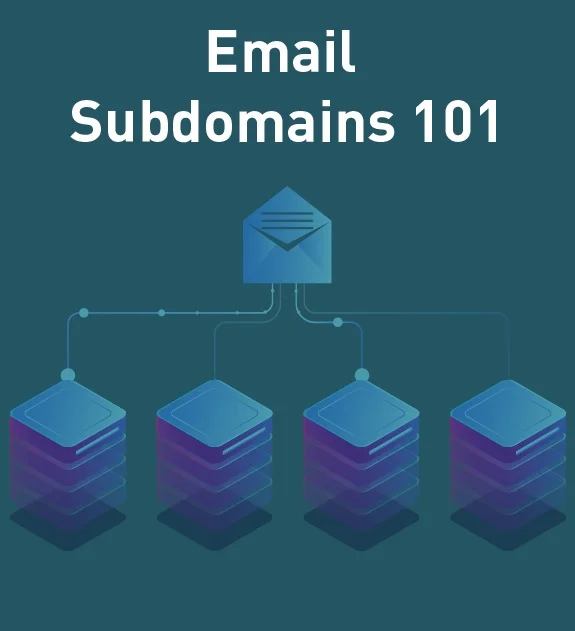User Personas Decoded
Rachel is a 35-year-old white suburban housewife. Anton is a 28-year-old black senior marketing manager in Chicago. Michael is a 19-year-old Asian student studying abroad in Europe. Sound familiar? These were the user personas from last week’s article about list segmentation and how it affects your email design templates.
How were those user personas created though? Let’s outline the process so you can identify which user personas are the best targets for your business or service.

What are User Personas?
User personas are fictional representations of real people who interact with your business. They help members within a company learn about the ideal customers they are trying to attract and relate to them on a human to human level. They are meant to address how a company can solve the particular problems within a specific user segment. Furthermore, Buyer Persona states:
User personas reveal insights into an audience’s decisions—the specific attitudes, concerns and criteria that drive prospective customers to choose you, your competitor or the status quo. This way, a business can align its messaging to the expectations of its users.
Importance of User Personas
User personas should not only be used for marketing purposes. They are a tool that can be used by all branches in a company. This is because all departments, such as sales, product, and service departments can benefit from knowing a company’s ideal customers. Having a deep understanding of buyer personas is critical to driving:
- Content creation: Marketing teams can prioritize which campaigns or initiatives to invest time on.
- Product development: Product designers can create features that help customers achieve their desired goals.
- Sales follow up: Sales teams can develop a deeper understanding of what the customer needs and how to solve it for them.
This allows a company to run more smoothly since everyone knows who they are meant to target in their specific job roles. It also creates alignment across the company and aligns everyone around a customer-centric vision.
In marketing specifically, user personas help marketers develop messages for different target audiences. These messages then become personalized to the different targets they are addressing. For example, in our previous post, we discussed how the messaging for a headphone company would be different for a 35-year-old suburban housewife than it would be for a 19-year-old student studying abroad.
How to Create User Personas
The strongest user personas are based on market research as well as insights you gather from your customer base. Depending on the type of business your run, you could have as few as one or two personas or way more than that. FrescoData recommends staying within three to five personas since they will likely cover most of your customers yet remain small enough to still carry the value of specificity.
-
Gather information
To create useful user personas, information about a customer’s demographics, behavior patterns, motivations, and goals should be considered. The more detailed you are, the better. These questions need to be answered by your user personas:
- What demographic information do you know about a customer?
- What are the paint points for this customer?
- What do they want to accomplish (and how do you help them accomplish it)?
What does a day in their life look like? Your goal is to create a detailed template like this one great example from Buffer:

The key information you should gather for a user persona includes:
Name of the persona
Job Title
- Information about the company they work for
- Job role description
Demographics
- Age
- Gender
- Salary
- Location: urban/suburban/rural
- Education
- Family
Goals
- Primary goal
- Secondary goal
- How you help achieve these goals
Challenges
- Primary challenge
- Secondary challenge
- How you help solve these problems
Values
- Primary values
- Common objections during the sales process
Some other specific information you may need includes:
- Hobbies
- Computer literacy
- Where they gather their news
- How they research new products or services
To gather this information, there are a couple places you can look for answers:
-
Analyze your website analytics
Your website analytics contain a wealth of information. Your analytics can show where your visitors come from, what keywords they are using to find you and how long they spent on your website. This data is essential for determining the desires that led potential customers to your websites and how they actually got there.
-
Gather information from your team
Anyone that interacts with customers or customer data should be involved in the process. This way you can get different perspectives and create well-rounded and useful user personas.
-
Research on social media
Your social media analytics can also reveal information about your customers. It shows who is engaged with you on those platforms and the demographics of your audiences. This data will help you figure out why a potential customer interacts with you on social media.
-
Ask your audience
Your audience knows themselves best. Use various branches of your company—marketing, sales, customer service—to gather information about your audience. Ask them questions. Gain insight. You’ll be surprised how much you can learn from your audience this way.
-
Plug this into a template
After you have gathered all the information you need, the next step is to add it to your user persona template. Fill it out to the best of your ability and do it in a way that will make the persona feel like a real person. Give each persona a name the team can use in discussions. A great user persona should have enough detail within it to allow you—or a member of your team—see your products and services from his or her perspective. With an effective user persona, you should be able to understand the thoughts, feelings, and behaviors of your audience. A user persona will help you during the decision-making process since it will allow you to see your products or services from his or her point of view.
User Persona Examples
User personas are extremely specific. They vary from business to business and also from industry to industry. A data licensing company will have different customer information than an identity verification company, and a persona for a marketing funnel will be different than one built for social media. Below we have gathered some of our favorite user personas to give you an idea of what you should be working towards.



Conclusion
Whether you are a product designer, web developer, salesperson or marketer, customer personas can help you understand:
- The needs of your customer
- How to solve them
- What features, campaigns and initiatives you should prioritize
Include your whole team in the user persona development process. This will make the information you gather about your audience vary in quality and perspective. The results will be a better user experience for your audience leading them to be more engaged with your business.





